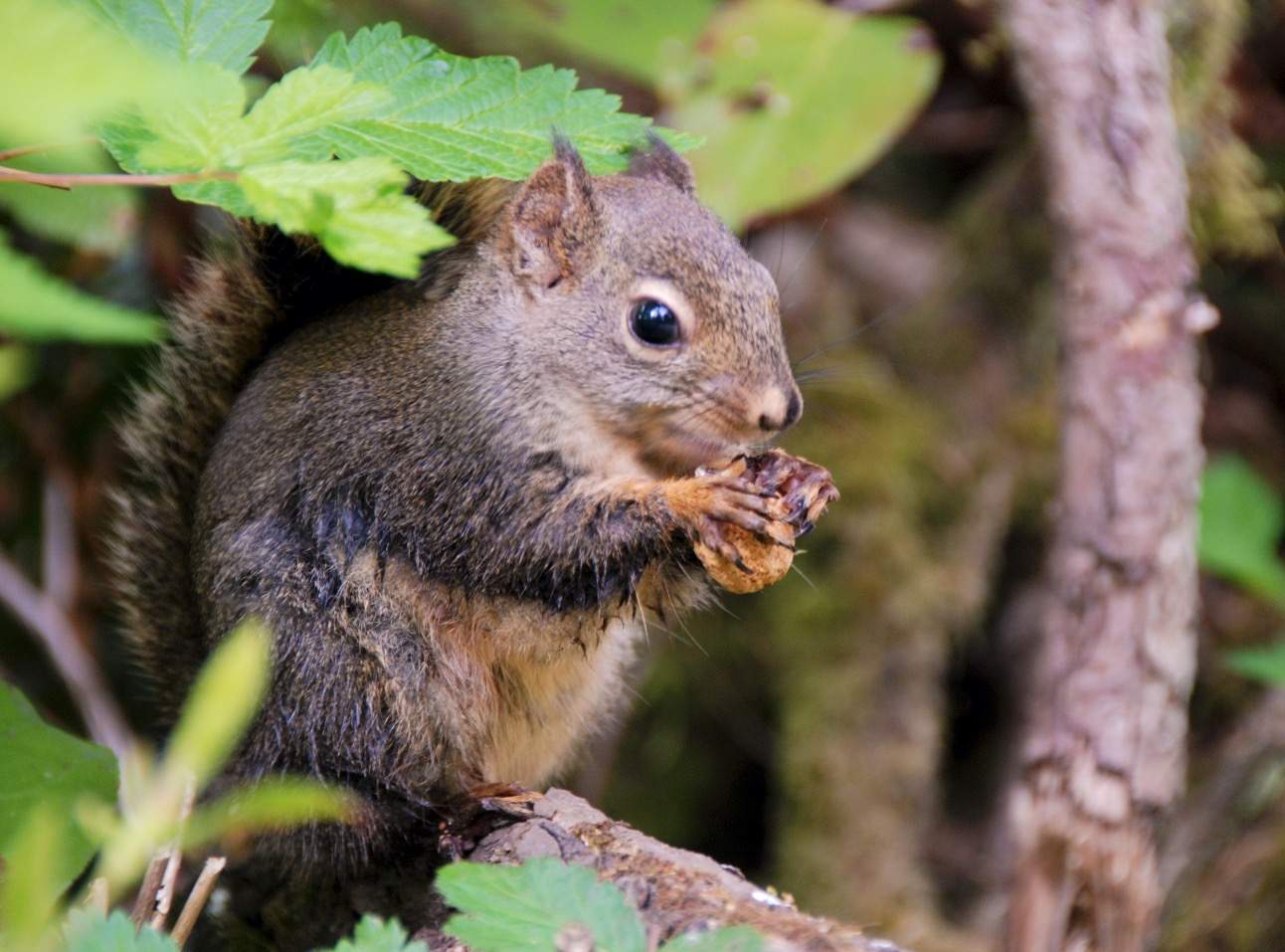 GATINEAU, QC – Canada’s wildlife species contribute to the well-being of Canadians and the maintenance of healthy ecosystems. Wildlife diseases can affect the balance of national animal populations and have implications for human health, food security, and the country’s agricultural and economic prosperity. The Government of Canada is committed to protecting the health of wildlife to ensure that healthy interactions between wild and domestic animals, and the Canadian public, are maintained. The Minister of Environment and Climate Change, announced today the Government of Canada is investing $2.1 million over three years to support projects to improve our knowledge and management of issues related to wildlife diseases. The projects are being led by the national office of the Canadian Wildlife Health Cooperative, based at the University of Saskatchewan. These projects include the development of new tools to track wildlife health and the risks of emerging infectious diseases.
GATINEAU, QC – Canada’s wildlife species contribute to the well-being of Canadians and the maintenance of healthy ecosystems. Wildlife diseases can affect the balance of national animal populations and have implications for human health, food security, and the country’s agricultural and economic prosperity. The Government of Canada is committed to protecting the health of wildlife to ensure that healthy interactions between wild and domestic animals, and the Canadian public, are maintained. The Minister of Environment and Climate Change, announced today the Government of Canada is investing $2.1 million over three years to support projects to improve our knowledge and management of issues related to wildlife diseases. The projects are being led by the national office of the Canadian Wildlife Health Cooperative, based at the University of Saskatchewan. These projects include the development of new tools to track wildlife health and the risks of emerging infectious diseases.

:format(webp)/cloudfront-us-east-1.images.arcpublishing.com/tgam/TZJFJDUUFJO3XP3AFRZVDWTFHI.jpg)

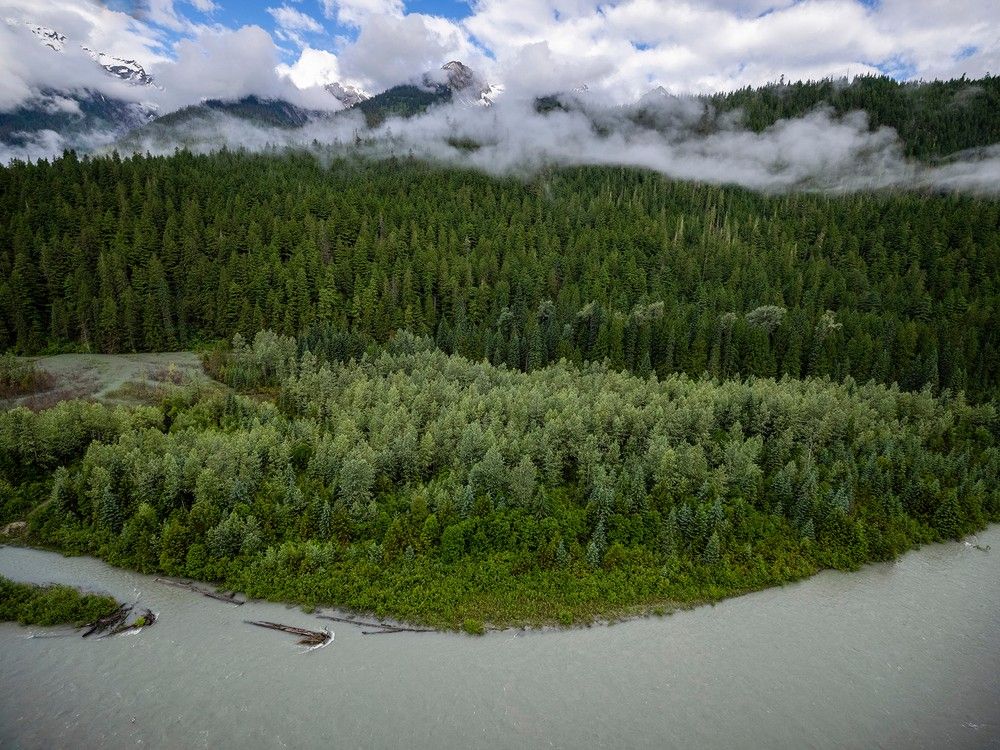

 Forestry Friendly Communities
Forestry Friendly Communities

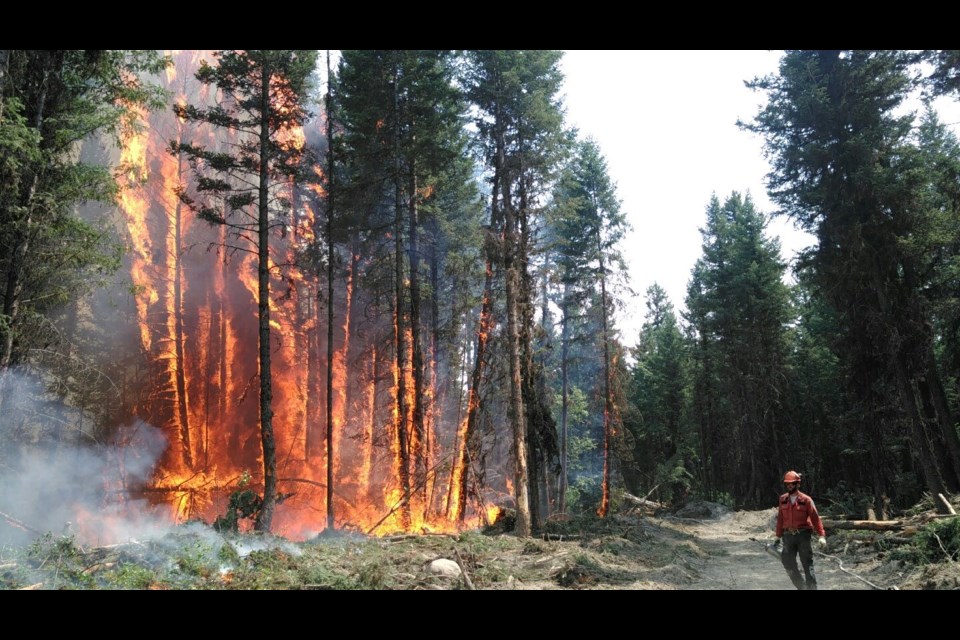

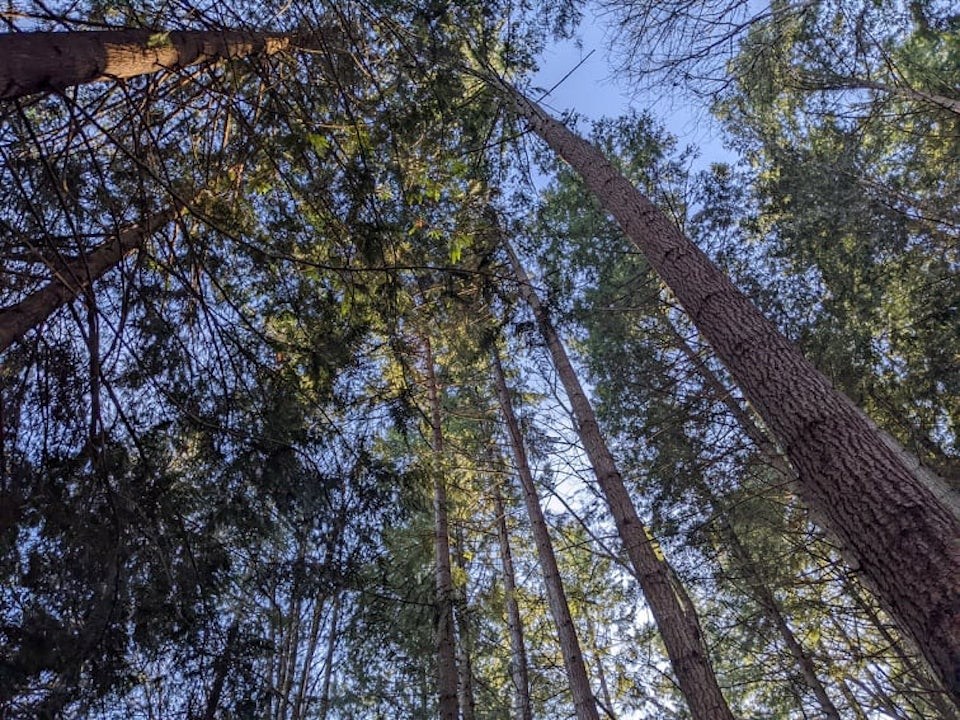
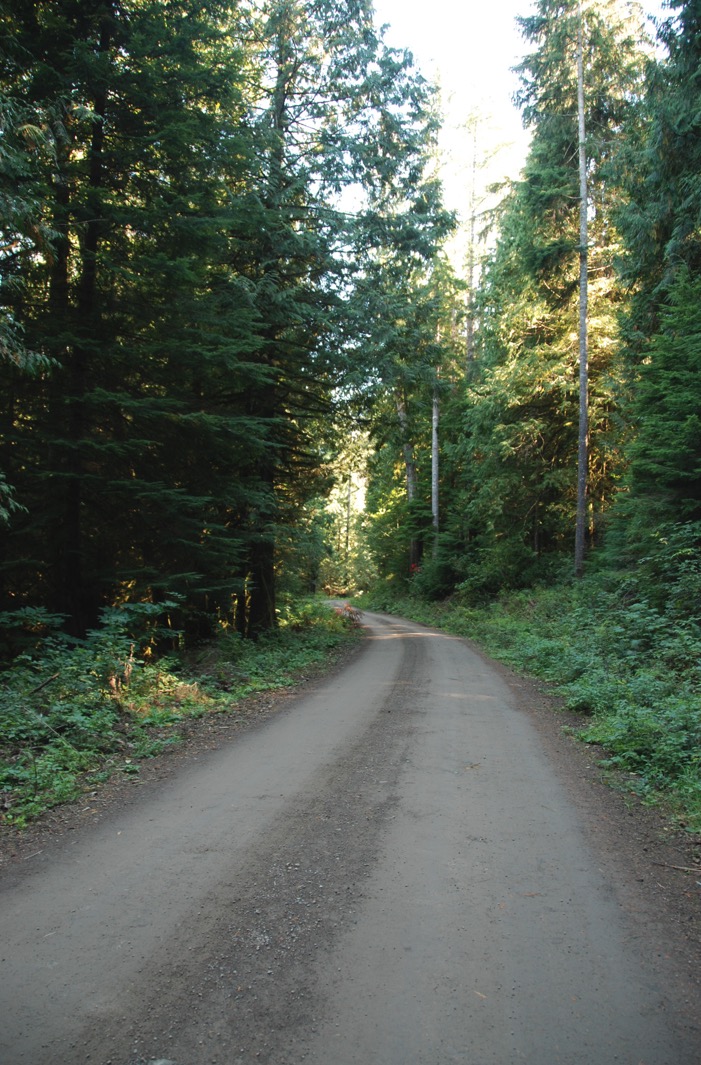 The forestry industry is seeking a boost in funding provided for the maintenance of forest access roads. Ian Dunn, President of the Ontario Forest Industries Association, presented their case during a pre-budget meeting this week in Timmins. Dunns says the current allocation of $54 million is no longer adequate “Using inflation calculators, the program needs to be increased to $64 million annually to keep pace with inflation,” says Dunn. Dunn adds forest companies estimate an additional need of $20 million in unfunded forest road liabilities. He says this would include annual road maintenance, the replacement of aging bridges and water crossings, and the replacement of certain roads at the end of their lifespan.
The forestry industry is seeking a boost in funding provided for the maintenance of forest access roads. Ian Dunn, President of the Ontario Forest Industries Association, presented their case during a pre-budget meeting this week in Timmins. Dunns says the current allocation of $54 million is no longer adequate “Using inflation calculators, the program needs to be increased to $64 million annually to keep pace with inflation,” says Dunn. Dunn adds forest companies estimate an additional need of $20 million in unfunded forest road liabilities. He says this would include annual road maintenance, the replacement of aging bridges and water crossings, and the replacement of certain roads at the end of their lifespan.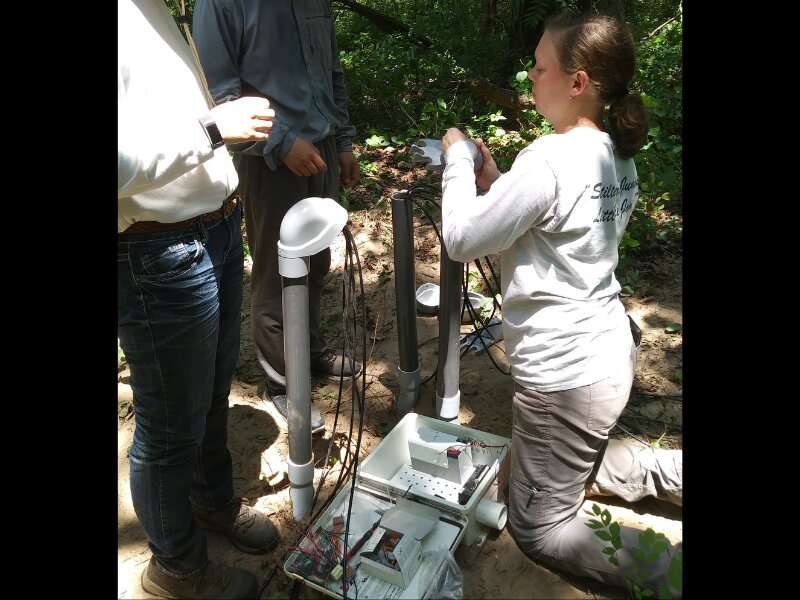

 Resolute is pleased to join the
Resolute is pleased to join the  Washington — Thanks to recent investments, the U.S. Department of Agriculture’s Forest Service is poised to take bigger, broader steps to confront the wildfire crisis and combat the impacts of climate change on the nation’s forests and grasslands, communities and critical infrastructure. In January 2022, the Forest Service released its 10-Year Wildfire Crisis Strategy to treat large landscapes and begin the process of lowering fire risk to communities, critical infrastructure and natural resources. This science-based strategy for confronting the wildfire crisis focuses on the 250 highest-risk firesheds for communities in the western U.S. and serves as the anchor for the more than $10 billion provided by Congress through President Biden’s Bipartisan Infrastructure Law and the Inflation Reduction Act. The agency also released a Climate Adaptation Plan, identifying risks and critical adaptation actions to incorporate climate change into its operations and decisions to support communities and forests nationwide.
Washington — Thanks to recent investments, the U.S. Department of Agriculture’s Forest Service is poised to take bigger, broader steps to confront the wildfire crisis and combat the impacts of climate change on the nation’s forests and grasslands, communities and critical infrastructure. In January 2022, the Forest Service released its 10-Year Wildfire Crisis Strategy to treat large landscapes and begin the process of lowering fire risk to communities, critical infrastructure and natural resources. This science-based strategy for confronting the wildfire crisis focuses on the 250 highest-risk firesheds for communities in the western U.S. and serves as the anchor for the more than $10 billion provided by Congress through President Biden’s Bipartisan Infrastructure Law and the Inflation Reduction Act. The agency also released a Climate Adaptation Plan, identifying risks and critical adaptation actions to incorporate climate change into its operations and decisions to support communities and forests nationwide. 








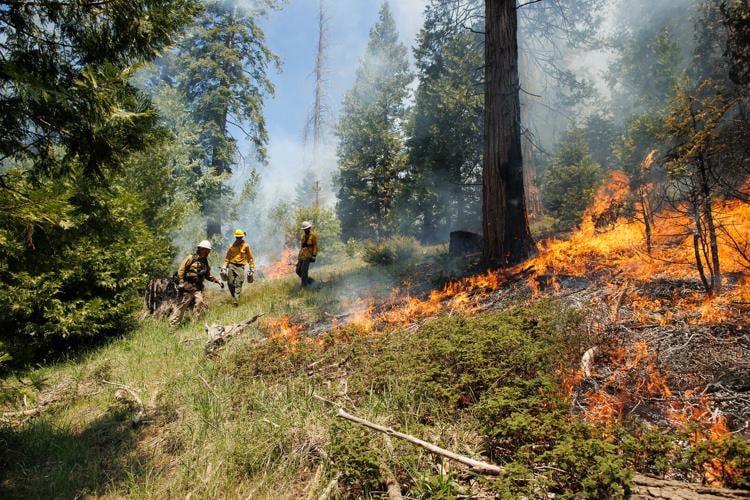
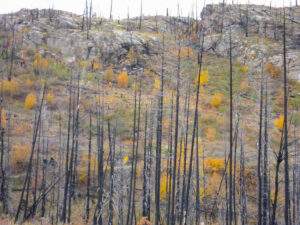 Structure loss is an acute, costly impact of the wildfire crisis in the western United States, motivating the need to understand recent trends and causes. We document a 246% rise in West-wide structure loss from wildfires between 1999-2009 and 2010-2020, driven strongly by events in 2017, 2018, and 2020. Increased structure loss was not due to increased area burned alone. Wildfires became significantly more destructive, with a 160% higher structure loss rate (loss/kha burned) over the past decade. Structure loss was driven primarily by wildfires from unplanned human-related ignitions (e.g. backyard burning, power lines, etc.), which accounted for 76% of all structure loss and resulted in 10 times more structures destroyed per unit area burned compared to lightning-ignited fires. …Our findings highlight how fire regimes are fundamentally social-ecological phenomena. By resolving the diversity of Western fire regimes, our work informs regionally appropriate mitigation and adaptation strategies.
Structure loss is an acute, costly impact of the wildfire crisis in the western United States, motivating the need to understand recent trends and causes. We document a 246% rise in West-wide structure loss from wildfires between 1999-2009 and 2010-2020, driven strongly by events in 2017, 2018, and 2020. Increased structure loss was not due to increased area burned alone. Wildfires became significantly more destructive, with a 160% higher structure loss rate (loss/kha burned) over the past decade. Structure loss was driven primarily by wildfires from unplanned human-related ignitions (e.g. backyard burning, power lines, etc.), which accounted for 76% of all structure loss and resulted in 10 times more structures destroyed per unit area burned compared to lightning-ignited fires. …Our findings highlight how fire regimes are fundamentally social-ecological phenomena. By resolving the diversity of Western fire regimes, our work informs regionally appropriate mitigation and adaptation strategies. 


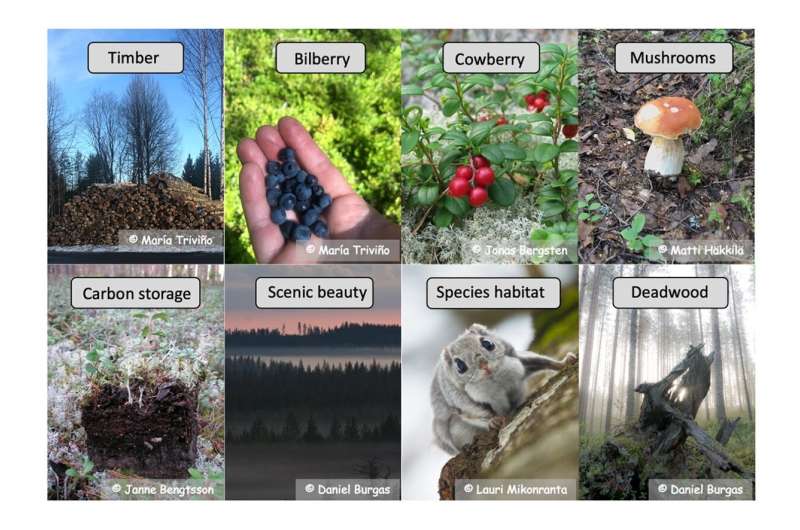


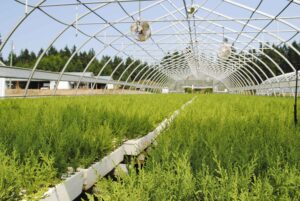 UK – A shortage of foresters has prompted the government to launch free courses as it rushes to meet targets for tree planting. There will be training in chainsaw maintenance, coppicing, woodland management, hedge laying and the sale and marketing of timber. The Institute of Chartered Foresters said in November 2021 that the industry faced a shortfall of 10,000 trained workers. Without those positions being filled, the government will not be able to meet its climate goals of increasing woodland cover. The government has promised to increase England’s woodland cover from 14.5% to 16.5% by 2050, and tree-planting across the UK to 30,000 hectares a year by the end of parliament. The government hopes the courses will prompt people to consider a career in forestry, so the sector can grow and woodland goals can be met.
UK – A shortage of foresters has prompted the government to launch free courses as it rushes to meet targets for tree planting. There will be training in chainsaw maintenance, coppicing, woodland management, hedge laying and the sale and marketing of timber. The Institute of Chartered Foresters said in November 2021 that the industry faced a shortfall of 10,000 trained workers. Without those positions being filled, the government will not be able to meet its climate goals of increasing woodland cover. The government has promised to increase England’s woodland cover from 14.5% to 16.5% by 2050, and tree-planting across the UK to 30,000 hectares a year by the end of parliament. The government hopes the courses will prompt people to consider a career in forestry, so the sector can grow and woodland goals can be met.
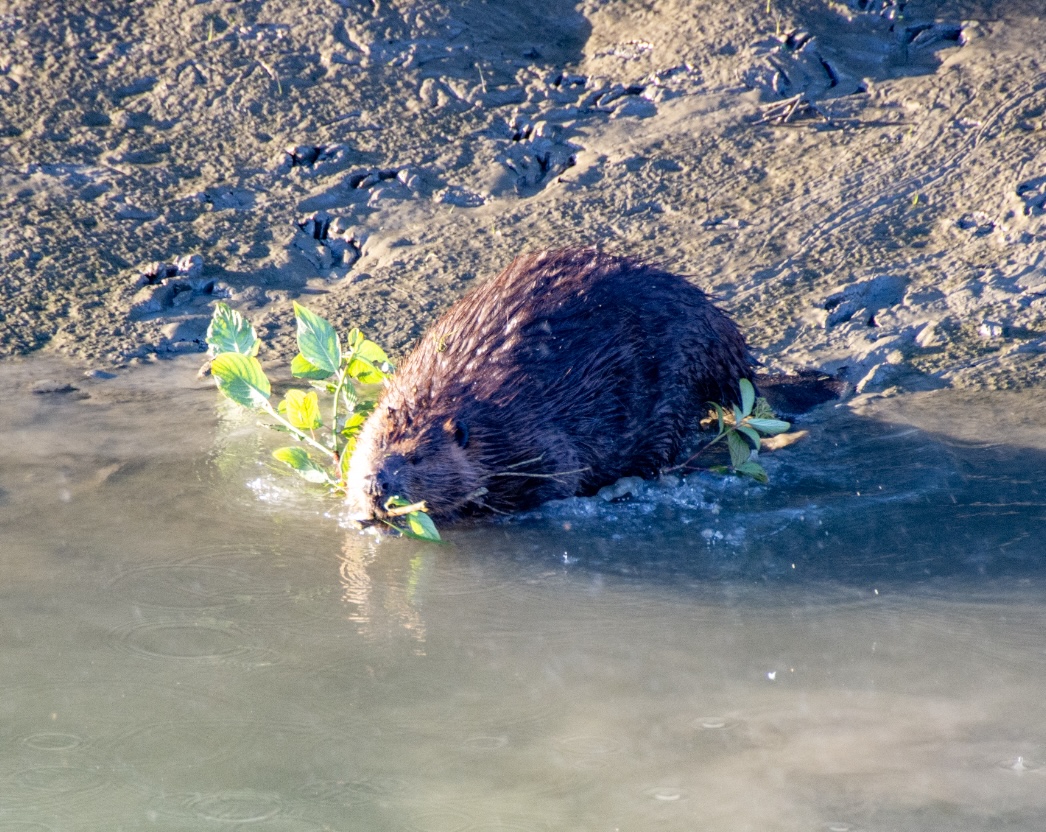 We are losing wetlands three times faster than forests, according to the Ramsar Convention on Wetlands. When it comes to restoring them to their natural state there is one hero with remarkable powers – the beaver. Wetlands store water, act as a carbon sink, and are a source of food. The Ramsar Convention on Wetlands says they do more for humanity than all other terrestrial ecosystems – and yet they are disappearing at an alarming rate. The main problems are agricultural and urban expansion, as well as droughts and higher temperatures brought about by climate change. …These furry sharp-toothed rodents build dams on waterways to create a pond, inside which they build a “lodge” where they can protect themselves from predators. …”This transforms simple streams into thriving wetland ecosystems,” says Emily Fairfax, an ecohydrologist at California State University.
We are losing wetlands three times faster than forests, according to the Ramsar Convention on Wetlands. When it comes to restoring them to their natural state there is one hero with remarkable powers – the beaver. Wetlands store water, act as a carbon sink, and are a source of food. The Ramsar Convention on Wetlands says they do more for humanity than all other terrestrial ecosystems – and yet they are disappearing at an alarming rate. The main problems are agricultural and urban expansion, as well as droughts and higher temperatures brought about by climate change. …These furry sharp-toothed rodents build dams on waterways to create a pond, inside which they build a “lodge” where they can protect themselves from predators. …”This transforms simple streams into thriving wetland ecosystems,” says Emily Fairfax, an ecohydrologist at California State University.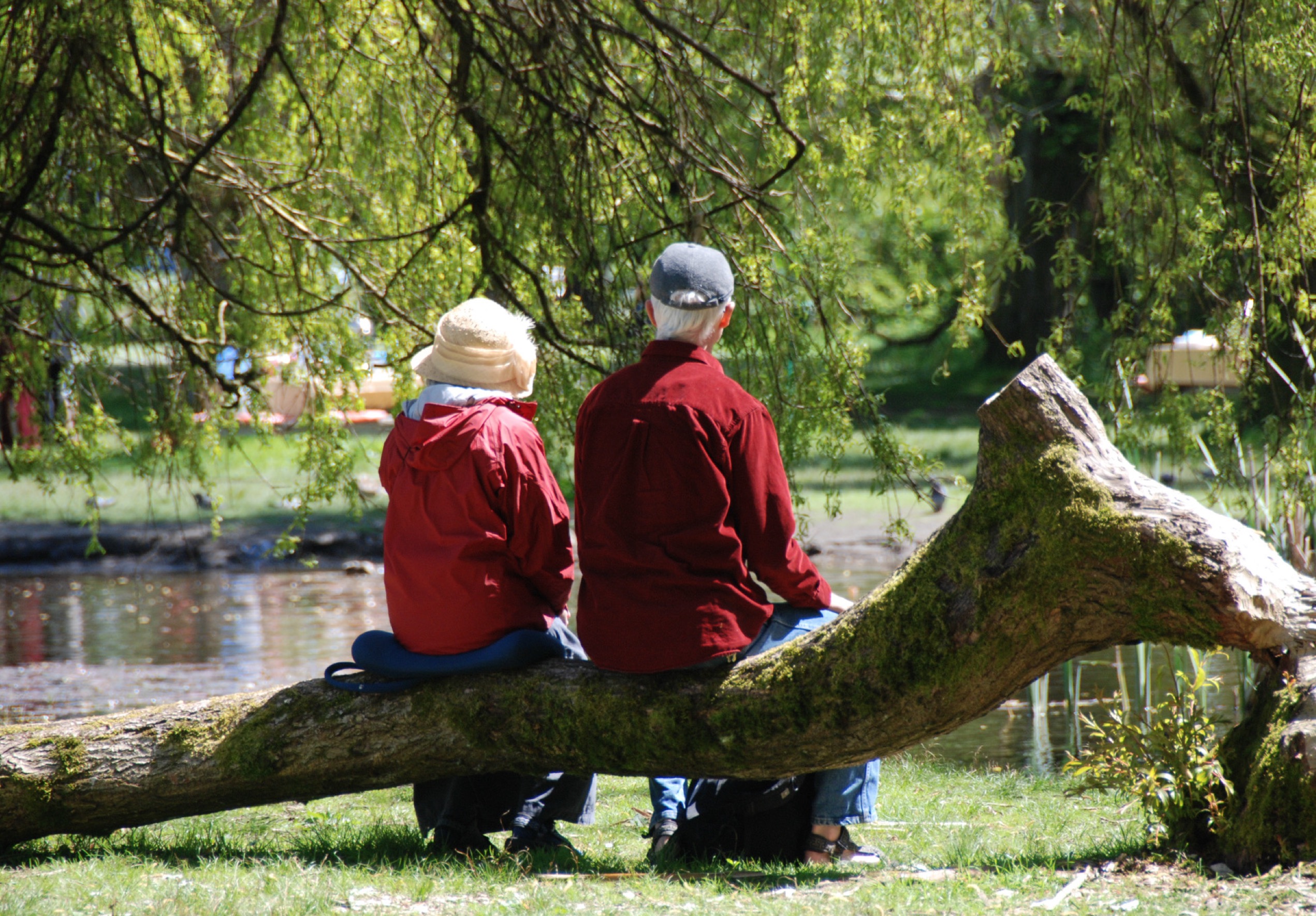 …2022 was Europe’s hottest summer, leading to more than 20,000 excess deaths across western Europe, and this summer could be even worse. The effects may be felt most in our cities, which are on average 1.5 degrees Celsius warmer than surrounding areas due to so-called urban heat islands (UHIs). That’s when building materials (concrete, asphalt, metal) and machinery (cars, trucks, air conditioning units) absorb and produce heat, turning city blocks into baking ovens. …there’s one powerful tool at our disposal that could help cool cities, reduce pollution and improve our mental and physical health: trees. …Increasing tree canopy cover to 30% of the city could reduce premature summer deaths in cities by about 40%… Cecil Konijnendijk, professor at the University of British Columbia, suggested a 3-30-300 rule: Everyone should be able to see 3 trees from their window, live in a neighborhood with 30% tree cover and be 300 meters from a green space.
…2022 was Europe’s hottest summer, leading to more than 20,000 excess deaths across western Europe, and this summer could be even worse. The effects may be felt most in our cities, which are on average 1.5 degrees Celsius warmer than surrounding areas due to so-called urban heat islands (UHIs). That’s when building materials (concrete, asphalt, metal) and machinery (cars, trucks, air conditioning units) absorb and produce heat, turning city blocks into baking ovens. …there’s one powerful tool at our disposal that could help cool cities, reduce pollution and improve our mental and physical health: trees. …Increasing tree canopy cover to 30% of the city could reduce premature summer deaths in cities by about 40%… Cecil Konijnendijk, professor at the University of British Columbia, suggested a 3-30-300 rule: Everyone should be able to see 3 trees from their window, live in a neighborhood with 30% tree cover and be 300 meters from a green space.